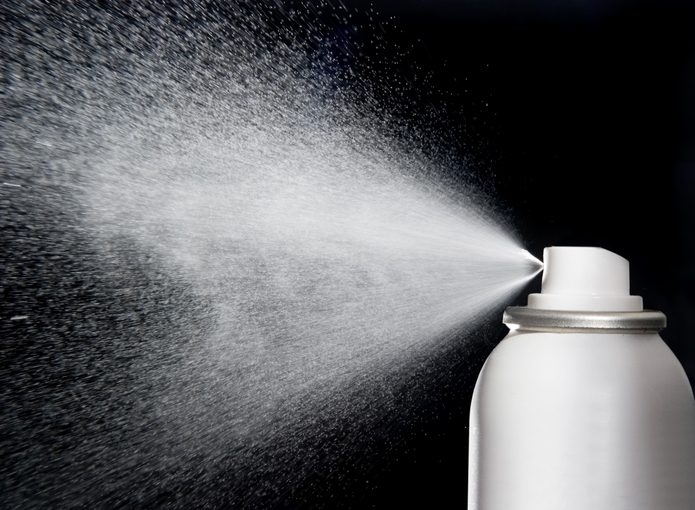In this blog post Segment Leader for Molecular Contamination Control, Victor Rengel, describes volatile organic compounds (VOCs), summarizes the impacts on the health of Canadians, and shares steps to reduce exposure.
Pesticides, disinfectants, and cosmetics are all products that are commonplace either at home or at work. These products all release organic compounds when used, and to some degree, when stored. Volatile organic compounds (VOCs) are emitted as gases and are composed of a variety of chemicals. Not all VOCs are harmful; they can be immensely beneficial for wildlife. For instance, they can act as attractants for pollinators or even as protection against predators1. However, some VOCs, particularly anthropogenic (man made) VOCs, can result in chronic health effects when emitted into the air2. Therefore, knowing how to reduce exposure is important for the health of Canadians.
What Are VOCs and Where Are They Sourced?
Health Canada classifies VOCs as organic compounds or chemicals that have a low boiling point that ranges roughly from 50 – 250 degrees celsius3. This relates to the volatility of VOCs, or how easily the organic chemicals vapourize. As VOCs have a high vapour pressure and low boiling point, a vast number of molecules are released and absorbed in the air4.
Concentrations of most VOCs can be many times higher indoors than outdoors. Some common sources are5:
- Paints and other solvents
- Aerosol sprays
- Cleansers
- Automotive products
- Building...
Read the full story https://cleanair.camfil.ca/volatile-organic-compounds-impact-on-canadian-air-quality-resource-by-camfil-ca/

